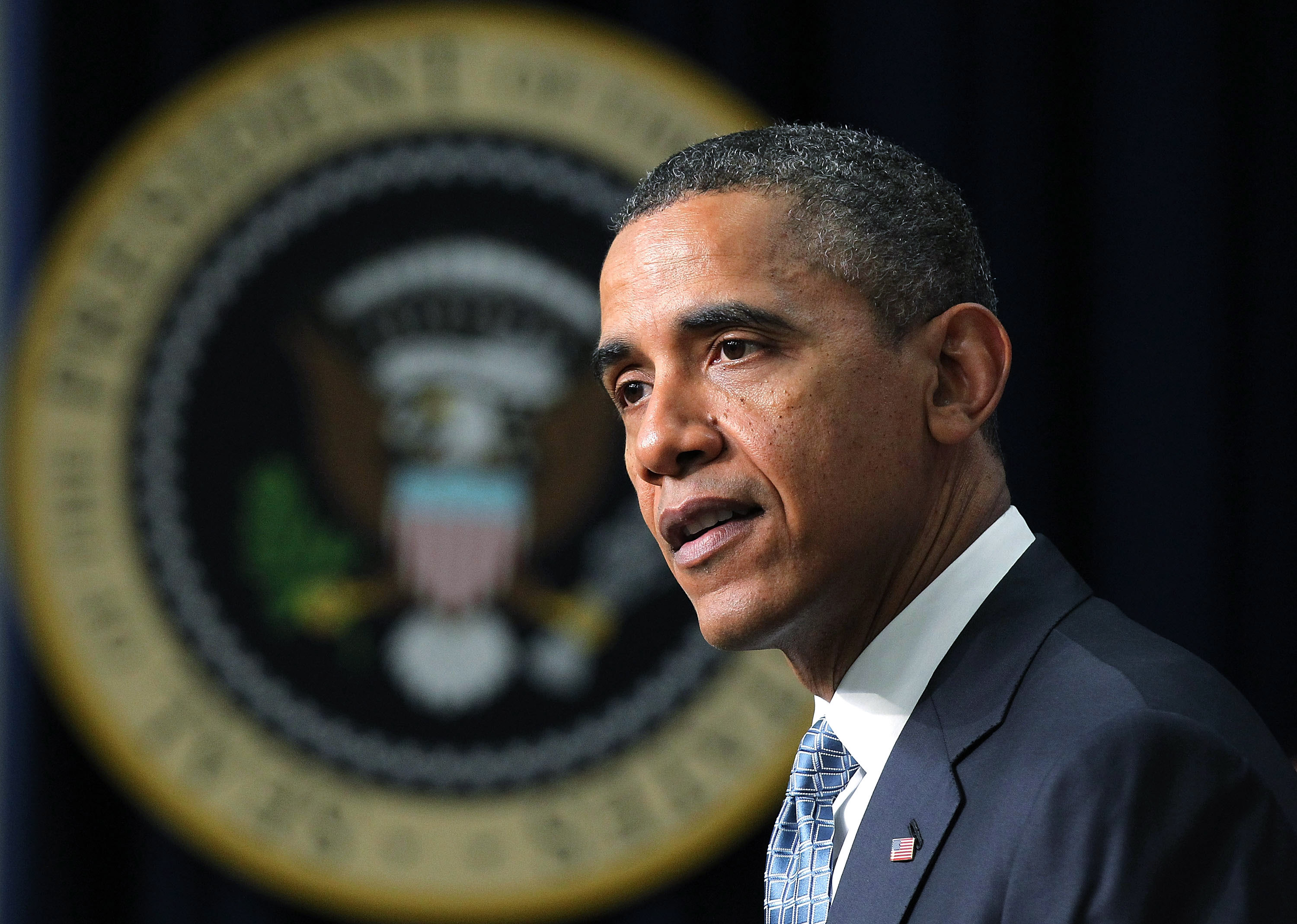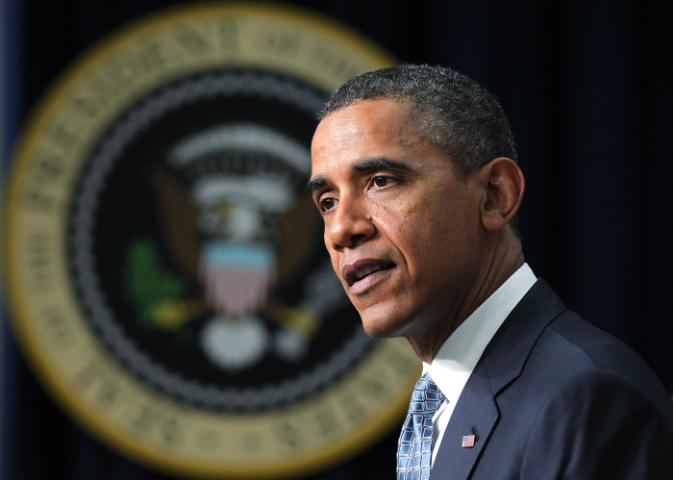Among candidates vying for the Republican presidential nomination, a common refrain is the promise to undo the unilateral, Congress-circumventing actions that have characterized President Obama’s time in office. Expect candidates at the Sept. 16 GOP debates to reprise vows made in the opening debates, like Sen. Ted Cruz’s: “My first day in office, the first thing I intend to do is to rescind every illegal and unconstitutional executive action taken by Barack Obama.” Or Carly Fiorina’s: “I would begin by undoing a whole set of things that President Obama has done.” Or Rick Santorum’s pledge to “suspend and repeal every executive order, every regulation that cost American jobs” or reduces our freedom.
The scope of Mr. Obama’s actions is indeed breathtaking. He has employed such an array of tools for imposing his vision on the country—executive orders are merely the best-known—that reversing the damage to the nation’s constitutional checks and balances could take years.
On the next president’s first day in office, the president could simply issue an executive order revoking all of his predecessor’s executive actions, except those necessary for national security or the basic functioning of government. This includes Mr. Obama’s executive orders, but also a flood of presidential memorandums and directives, as well as informal guidance and orders from federal agencies, that he has used to reshape federal policy.
With a stroke of a pen, the next president could roll back efforts to expand the reach of labor unions, mandates requiring the expanded use of renewable energy by the federal government, and Mr. Obama’s foolhardy reconciliation with Iran and Cuba.
Then there is the formal rule-making process, which has produced far-reaching policy change through agency-promulgated regulations. A review of this activity could begin on day one of a new presidency but will be more time consuming and challenging to reverse.
Taken as a whole, Mr. Obama’s use of executive orders, presidential memorandums, agency directives and guidance to achieve his policy aims is without precedent in its disregard for the people’s elected representatives.
The president’s defenders note that he has issued an average of 33 executive orders a year, below the average 36 executive orders a year issued by President George W. Bush, and significantly below the average of 46 issued annually by President Bill Clinton. But a simply tally of the orders doesn’t reflect whether they were minor actions, as was often the case with presidents Clinton and Bush, or legislation-by-fiat during the Obama era.
Where Mr. Obama has exceeded all his predecessors, though, is in presidential memorandums. These directives have the same legal impact as executive orders and need not be published in the Federal Register. No other American president had issued more memorandums at this point in his presidency, and the 265 memorandums Mr. Obama has issued exceeds the number of his executive orders. His memorandums have resulted in significant changes in labor, environmental and education policy.
Some of Mr. Obama’s most controversial unilateral actions—including granting legal status to millions of illegal immigrants and permitting insurers to offer non-ObamaCare-compliant plans through 2017—were neither executive orders nor presidential memorandums. The immigration actions were carried out through agency directives from the secretary of homeland security, while the ObamaCare action was handled by guidance from the Centers for Medicare and Medicaid Services.
The list of actions goes on: Mr. Obama used guidance issued in 2012 by the Department of Health and Human Services to change the work requirements in the 1996 welfare reform law, effectively allowing states to waive the statutory requirement that beneficiaries engage in “work activities.” A presidential memorandum in 2013 directed the Environmental Protection Agency to use the Clean Air Act to regulate carbon emissions from power plants—a directive that led to the recent issuance of the Clean Power Plan. Mr. Obama has unilaterally and indefinitely banned energy exploration in parts of Alaska and the Arctic Ocean and this week directed his secretary of interior to rename Mount McKinley “Denali,” its Alaskan native name. Earlier this year he issued a memorandum requiring federal contractors to submit data on compensation paid to their employees by race and gender.
In foreign policy, Mr. Obama’s two main diplomatic achievements this year—the Iran nuclear deal and U.S. rapprochement with Cuba—were products of unilateral action. Assuming the Iran deal survives congressional opposition, Mr. Obama will likely use his executive authority to waive the application of statutory sanctions and lift sanctions implemented by prior executive orders.
A future president could scuttle the nuclear deal by reversing those moves. While Mr. Obama cannot unilaterally lift the congressionally imposed trade embargo on Cuba, he has restored diplomatic ties and loosened travel and remittance restrictions. A future president could simply decide to sever those ties and tighten restrictions, until the Cuban regime makes real progress on matters such as human rights and economic liberalization.
By revoking Mr. Obama’s executive actions, and beginning the arduous task of identifying and addressing his many other unilateral moves, the next president wouldn’t have to jettison the entire Obama legacy. The president’s successor might want to reinstate executive actions deemed worthwhile—or better yet pursue those policies by working with Congress. Even supporters of Mr. Obama’s policies might applaud such a return to the normal legislative process after a presidency that has taken executive power to unprecedented heights.
















